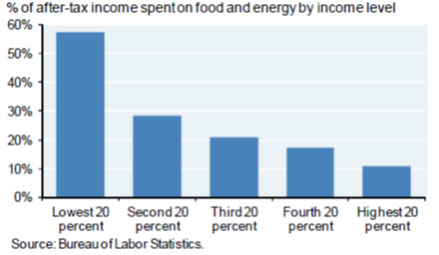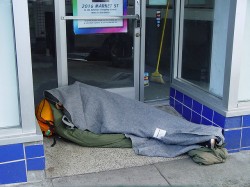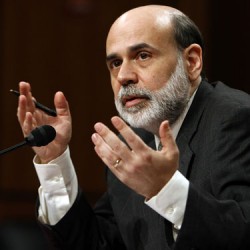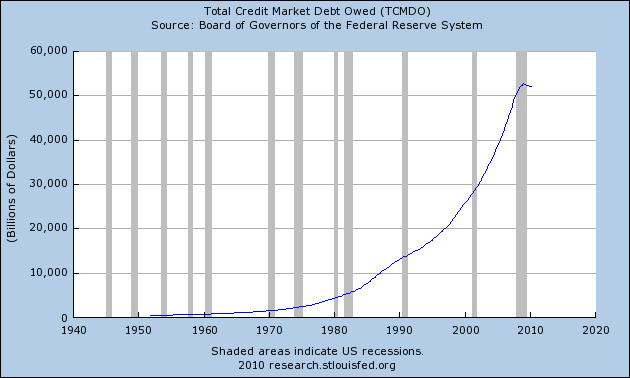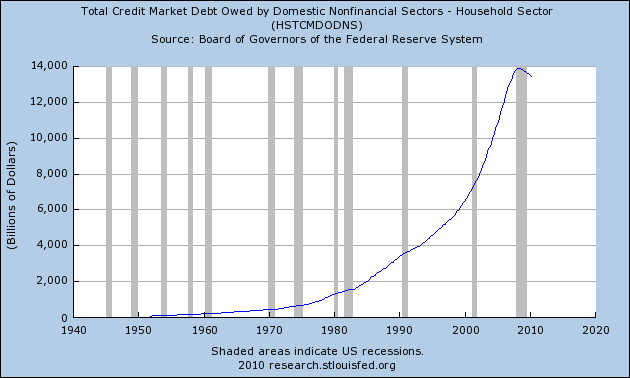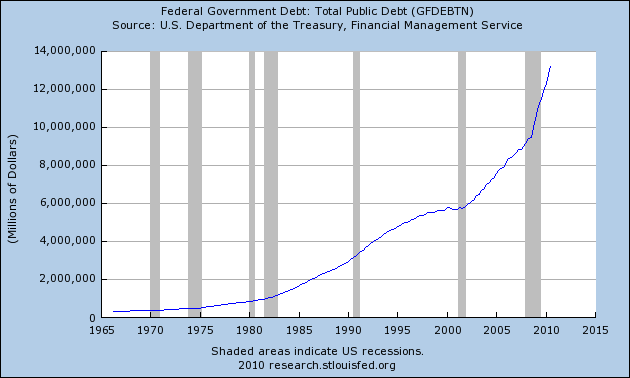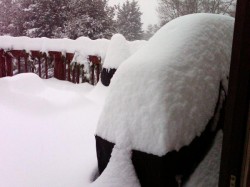 Will you have a warm house to come home to this winter? If so, you should consider yourself to be very fortunate. With the United States experiencing the highest levels of long-term unemployment that it has seen since the Great Depression, millions of Americans families are simply out of money. All across America this winter, families are going to be forced to make some heart breaking decisions. For many, the choice will come down to either heating their home or putting food on the table. According to the National Energy Assistance Directors’ Association, more than 10 million U.S. households will not be able to afford to heat their homes this winter without assistance, which would be a new all-time record. So, if you are in a position to easily heat your home this winter, be very, very thankful. The number of American families that cannot even afford the basics of life is growing by the day.
Will you have a warm house to come home to this winter? If so, you should consider yourself to be very fortunate. With the United States experiencing the highest levels of long-term unemployment that it has seen since the Great Depression, millions of Americans families are simply out of money. All across America this winter, families are going to be forced to make some heart breaking decisions. For many, the choice will come down to either heating their home or putting food on the table. According to the National Energy Assistance Directors’ Association, more than 10 million U.S. households will not be able to afford to heat their homes this winter without assistance, which would be a new all-time record. So, if you are in a position to easily heat your home this winter, be very, very thankful. The number of American families that cannot even afford the basics of life is growing by the day.
As I have written about previously, millions of formerly middle class families have been absolutely ripped apart by this economy. There simply is not nearly enough jobs for everyone, and those who have been left on the outside looking in are becoming increasingly desperate.
Of course there is federal help available, but it doesn’t go nearly far enough for those who are truly in need. For example, the Low Income Home Energy Assistance Program (LIHEAP) assists low income households in paying their home heating bills. However, the truth is that usually only a small fraction of heating costs are covered. Nationally, the average benefit represents only about 8% of the average winter heating bill.
Last winter, a record number of U.S. households applied for home heating assistance. In fact, in 17 states application requests were up more than 20% from the year before. Due to rapidly spreading poverty, the number of Americans filing for heating assistance is expected to increase even more this winter.
If you cannot heat your home, it is a really, really big deal. In 2009, a 93-year-old man in Bay City, Michigan actually froze to death inside his own home.
These days, many American families are finding that their budgets are stretched beyond the breaking point. Most Americans take it for granted that they will be able to heat their homes, but for the poor, being able to have enough heat is a great blessing. Today, the poorest 20 percent of Americans spend more than 50 percent of their after-tax income on food and energy….
So can’t the U.S. federal government just pay for everyone to have heat?
No, they cannot.
The truth is that as millions upon millions of Americans jump on to the “safety net” it is rapidly approaching the breaking point. For example, 42 million Americans are now enrolled in the food stamp program. That is a whole lot of hungry mouths to try to feed every month.
Not that feeding hungry people should not be a priority. It is just that the U.S. government continues to spend way, way more money than it is bringing in and is basically bankrupt at this point.
So what about the states? Can’t they step in and help?
No, the truth is that most U.S. states are absolute basket cases financially. A recent article that I wrote about the state of California illustrates this point very well.
Unfortunately, most Americans families are just going to have to scrape by the best that they can.
It is hard to even describe the horrible pain that many Americans are experiencing because of this economy. The following story from the Unemployed-Friends website is from a woman named Leetah who is desperately hoping that her family will be able to get through this upcoming winter….
The place I live in right now has no jobs and no places to live. My fiance, Lloyd, and I have been looking for anything but he lost his job from McDonald’s and the factories (the only jobs to make a living off of) consider him an insurance liability. I can’t get hired to a factory because of I was fired from our major factory for attendance (I had to miss 3 days of work because I was sick). So we are moving to the Edmond/OKC region where we are hoping to find a job and a place with running water and heating. We’ve spent the last few years without heat and running water and so having a place with water and heat would be heaven.
Winter is coming up fast and I am so afraid. Last winter we almost died from the cold and now the thought of cold makes my throat close up and my heart pound. But it isn’t just ourselves we are looking out for, we have our dog too. Our wonderful APBT Maggie who is 2-years-old and has been with us since she was 5-months-old. She’s our baby girl and we can’t lose her. We almost lost her to the cold too and it scared me so much. We are going to be living in our car soon with our dog.
I am hoping to be able to keep our food stamps in the new city so we can still eat. I have already applied for ten+ jobs and nothing yet but I am keeping my hopes up. Hopefully it will get easier to find a job once we get there. Then we just have to save up and then we can afford an apartment. Now finding an apartment with my awesome dog is another story.
Please say a prayer for those who are hurting this winter. This economy has pushed millions of Americans to the absolute edge of despair. Another participant on the Unemployed-Friends forum named Sanskay sounds like the hard reality of her situation has sucked almost all of the life out of her….
I met the love of my life when I was 19, and we moved in together. He had an excellent job and savings (he was several years older than me), and we decided together that I would stay home. When I was 26, he started feeling sick to his stomach a lot. By the time he was diagnosed with colon cancer (at 33!), it had already spread to his liver. We lost everything to medical bills, treatments, and medications. We fought so hard to prolong his life, and we drained his (our) savings accounts to try to cure him. Well, it did not work. He died in agony.
So then I was 26 and a widow and penniless, and I had not worked since college. I moved back in with my parents and decided to go back to school. Everyone told me that the health care fields were all in demand, so I studied to become an ultrasound tech. I excelled in my classes. It took me two years to do all of my prerequisites before I entered the program. By then, the recession had hit, but everyone at the school told me that I would have no problem landing a job as long as I was willing to move. This ended up being all lies. By that point, they knew that they were having trouble placing grads from 2007 and 2008, but that was never mentioned to me. This was a community college with a good reputation, and not some for-profit school, and I believed them.
I graduated last year (2009) and have been looking for employment as an ultrasound tech for over a year now. I have applied to over 400 jobs. I have gained three in-person interviews and seven phone interviews. None of them have amounted to anything. I am still unemployed. There are many per-diem (they’ll call you when they need you, and you have no guaranteed hours) jobs listed, but I cannot move unless I have a full-time job.
It’s awful because they are still funneling people into the program and telling them that as long as they’re willing to move out of state, they will have no trouble finding full-time work. They’re just concerned with keeping the seats full and they don’t care if their new graduates are unable to find work. I feel betrayed.
So now I’m 30 years old and still living in my parents’ basement, as I have been for years now. I feel like such a loser. My parents paid for my community college degree and my registry exams, which are all worthless now. It’s been so long that I have scanned anyone that I don’t remember what to do for some of the exams any longer, not to mention what the pathologies look like.
I haven’t applied to a job in a month. The official unemployment rate in my county is 15.6%, but the “unofficial” unemployment rate (REAL unemployment rate!) is easily double that. There is no work here, and I have no money to move, and no salable skills even if I had the money to move.
I miss my husband terribly. Suicide has definitely crossed my mind many times, but it would literally kill my mother if I did anything rash (she has a heart condition and can’t allow herself to become over-excited or her heart starts beating out of rhythm, which could cause a heart attack). It seems most days that the best years of my life are far behind me and that I have nothing to look forward to anymore.
Hopefully as you read these kinds of stories you feel your heart move. The truth is that it could be any of us that are next.
In this economy, no jobs is secure. In this economy, no business is secure. There is no guarantee that the income that you are enjoying today is going to be there tomorrow.
The U.S. economic system is slowly dying. There are many that are cheering this downfall, but the cold, hard truth is that tens of millions of us are going to experience horrible economic pain as the economy unravels.
It is not going to be a fun time. So count your blessings while you still have them.
